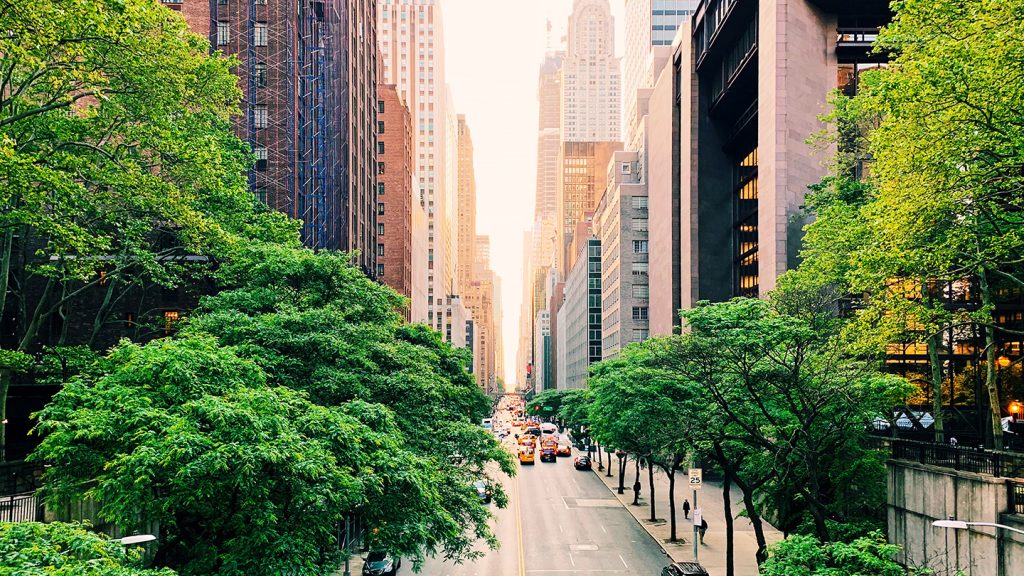In the United States, urban neighborhoods with predominantly white residents have more trees compared to neighborhoods with mainly people of color, leading to disparities in heat-related illness and death. A recent analysis found that neighborhoods with people of color have 11% less tree cover on average, with higher summer temperatures. Trees already prevent excess deaths and doctor visits in these neighborhoods, but the impact is greater in majority white neighborhoods. Trees provide cooling benefits during heat waves by providing shade over concrete or asphalt.
Researchers analyzed 2020 U.S. census data for 5,723 urban areas, comparing tree cover and heat-related mortality and morbidity. The census data included 180 million people, with an even split between those living in predominantly white and nonwhite neighborhoods. The team found that increasing tree planting in areas that lack it could potentially save hundreds of lives. The most ambitious plan would involve planting 1.2 billion trees nationwide, preventing additional heat-related deaths and doctor visits each year. Even a small increase in canopy cover could make a significant difference in cities like Philadelphia and New York City.
Planting more trees in areas that need it could have a significant impact on reducing heat-related illnesses and deaths. The study projects that planting additional trees could prevent hundreds of heat-related deaths and tens of thousands of doctor visits annually. Cities that currently suffer from tree inequality, like Philadelphia and New York City, have the potential for substantial benefits from increasing tree cover. This highlights the importance of addressing the inequities in tree distribution within urban areas to improve public health outcomes.
Urban ecologist Steward Pickett praised the high quality of the analysis, emphasizing the importance of inclusivity in planning for green infrastructure. He noted that past green infrastructure plans often excluded communities that could benefit the most from them. Inclusive planning would involve giving all communities a say in the process and ensuring that they are prepared to maintain both existing and new trees. This approach can help address the disparities in tree cover and improve access to the health benefits that trees provide.
The study underscores the need for addressing the inequities in tree distribution in urban areas to reduce heat-related illnesses and deaths. By increasing tree cover in neighborhoods that lack it, communities of color could experience significant health benefits. Planting more trees, especially in areas with existing disparities, has the potential to save lives and reduce the burden of heat-related illnesses. Inclusive planning that involves communities in the process is essential for ensuring that green infrastructure projects are accessible and beneficial to all residents.


